CARING WITH FAMILY
|
| The level of warmth and affection a breed exhibits towards its family members and close acquaintances can vary significantly. Certain breeds may appear distant with everyone except their owners whereas other breeds embrace everyone they come to know as their closest companion. |
LOVE WITH CHILDREN
Unwise
Good With Children
|
| The degree of tolerance and patience a breed possesses towards children's behavior, as well as their overall family-friendly nature, can vary greatly. It is crucial to supervise dogs around young children or children who have limited exposure to dogs of any age. |
BEHAVIOR WITH DOGS
Unwise
Good With Other Dogs
|
| The general friendliness of a breed towards other dogs can vary. While it is important to always supervise interactions and introductions between dogs, some breeds have a natural inclination to get along with other dogs both in home and public settings. |
SHEDDING LEVELS & MANAGEMENT
No Shedding
Hair Everywhere
|
| The amount of fur and hair that a breed typically sheds can vary. Breeds that shed heavily will require more frequent brushing to manage their shedding may potentially trigger certain types of allergies, and may necessitate more regular vacuuming and lint-rolling to keep the environment clean. |
COAT GROOMING STANDARDS
|
| The frequency of bathing, brushing, trimming and other coat maintenance tasks can differ for each breed. It is important to consider your time, level of patience and budget for grooming when choosing a breed. All breeds require regular nail trimming for proper care and maintenance |
DROOLING INTENSITY
Less Likely to Drool
Always Have a Towel
|
| The tendency of a breed to drool can vary. If you value cleanliness and neatness, breeds that tend to produce excessive drool leaving ropes of slobber on your arm or creating large wet spots on your clothes may not be the most suitable choice for you. |
COAT STYLES GUIDE |
| Double |
| COAT SPECTRUM |
| Short |
FRIENDLINESS
Reserved
Everyone Is My Best Friend
|
| The level of welcoming behavior a breed exhibits towards strangers can vary. Certain breeds may be reserved or cautious around all strangers regardless of the location, while other breeds might be more eager to meet and interact with new humans whenever they are around. |
LIVELINESS
Only When You Want To Play
Non-Stop
|
| The level of enthusiasm for play in a breed can vary. Some breeds will continue to enjoy and actively participate in games like tug-of-war or fetch well into their adult years. They will maintain a playful nature throughout their lives. On the other hand, there are breeds that may prefer to relax on the couch most of the time and may not exhibit the same level of enthusiasm for play, even past the age of puppyhood. |
VIGILANCE INTENSITY
What's Mine Is Yours
Vigilant
|
| Some breeds have a higher tendency to alert their owners when strangers are around. These breeds are more likely to react to potential threats such as the presence of a mailman or a squirrel outside the window. However, they can still warm up to strangers who enter the house and are accepted by their family. |
ADAPTATION CAPACITY
Lives For Routine
Highly Adaptable
|
| The adaptability of a breed to handle changes in various aspects of life can differ. Some breeds are more resilient and easily adjust to changes in living conditions, noise, weather, daily schedule, and other variations in day-to-day life. They tend to be more flexible and can adapt well to different situations. However, there are breeds that may be more sensitive or have a harder time adjusting to changes, requiring more time and patience during transitions. |
OBEDIENCE LEVEL
Self-Willed
Eager to Please
|
| The ease of training and willingness to learn new things can vary among different breeds. Some breeds are known for their trainability and eagerness to please their owners. They tend to be more responsive and cooperative during training sessions making it easier to teach them new commands and behaviors. On the other hand there are breeds that may be more independent and have a strong will of their own. They might require more patience, consistency, and creative training approaches to keep them engaged and motivated. |
STAMINA LEVEL
|
| The amount of exercise and mental stimulation needed for a breed can vary. High-energy breeds tend to be ready for action and eagerly seek their next adventure. They require ample opportunities for running ,jumping, playing, and engaging in physical activities throughout the day to help channel their energy. On the other hand, low-energy breeds are generally more relaxed and content with leisurely activities. They are often happy to lounge around, snooze, and have a calmer disposition. It is important to consider the exercise and mental stimulation needs of a breed when choosing a dog that aligns with your lifestyle and ability to provide the necessary activities. |
VOCALIZATION
|
| Infrequent |
LEARNING CURIOSITY LEVEL
Happy to Lounge
Needs a Job or Activity
|
| The amount of mental stimulation a breed needs to stay happy and healthy can vary depending on the individual dog and its specific needs. Purpose-bred dogs such as working or sporting breeds often require a higher level of mental engagement and stimulation compared to some other breeds. These dogs have been selectively bred for traits that involve decision-making, problem-solving, concentration and other cognitive abilities. |
| COLORS |
|
Description
|
Registration Code
|
|
Blue
|
037
|
|
Red
|
140
|
|
Blue Mottled
|
438
|
|
Blue Speckled
|
439
|
|
Red Speckled
|
440
|
|
Red Mottled
|
455
|
|
| PATTERNS |
|
Description
|
Registration Code
|
|
Black Markings
|
002
|
|
Red Markings
|
023
|
|



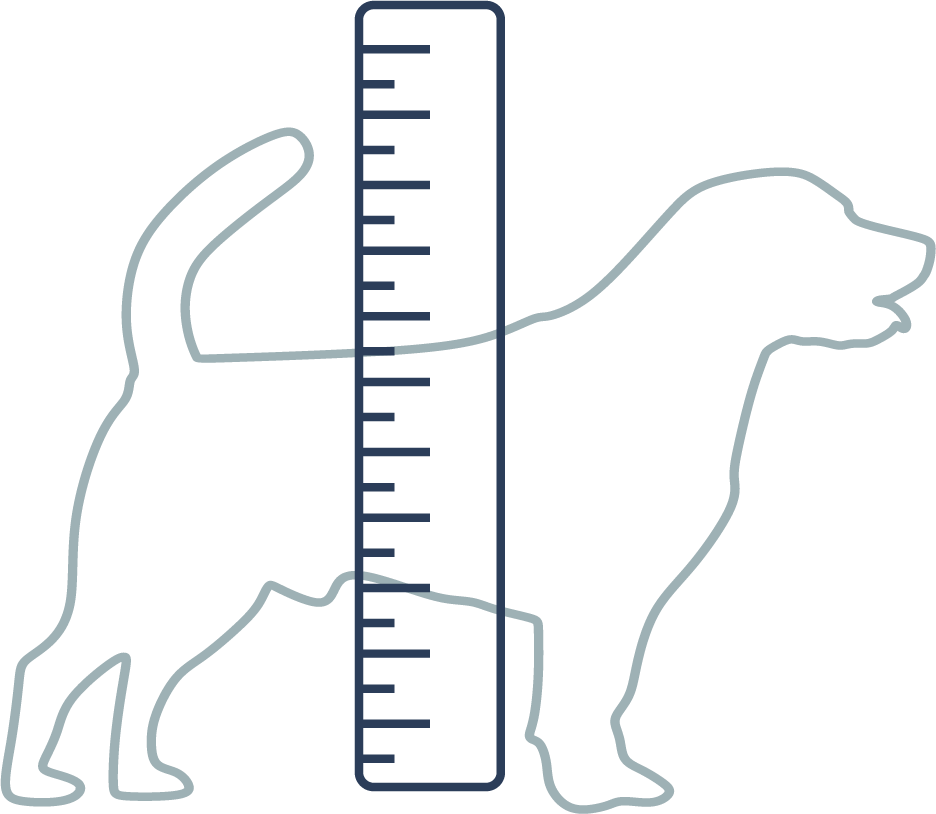


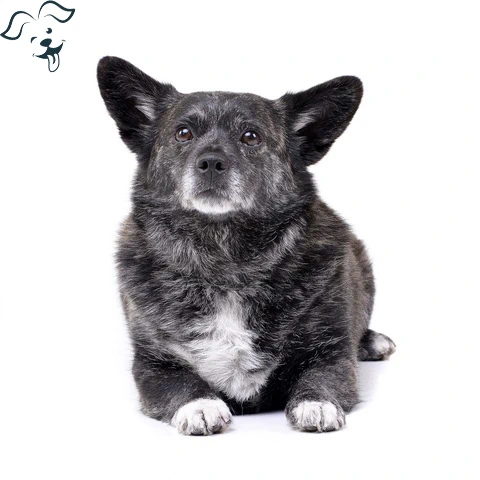
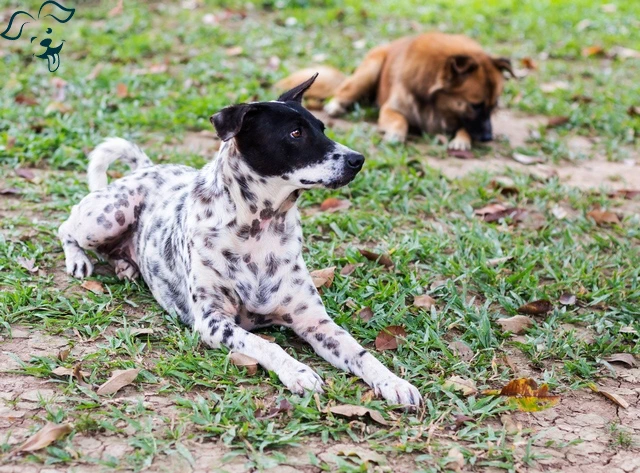
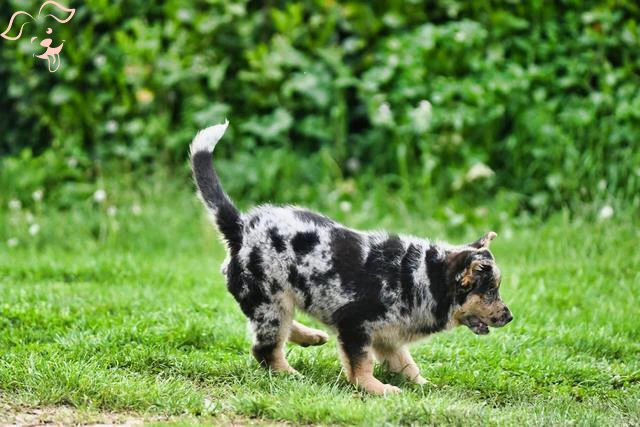
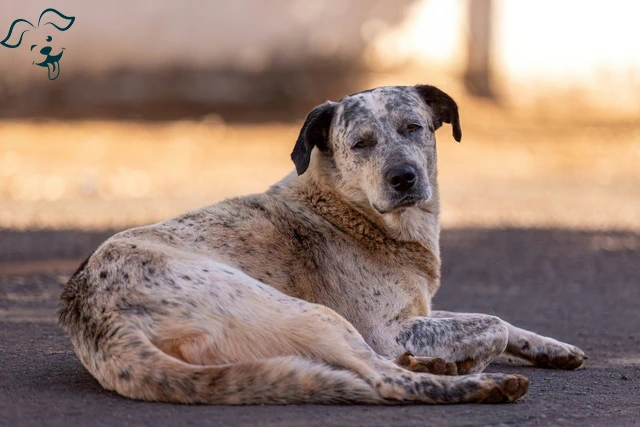






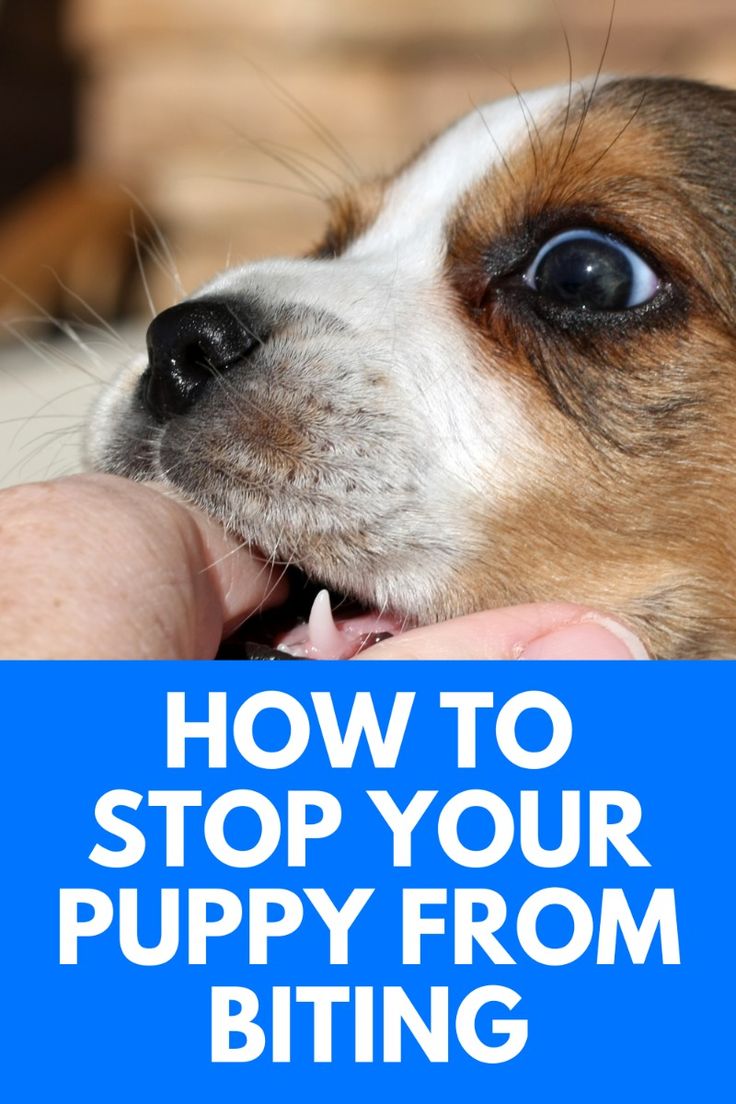
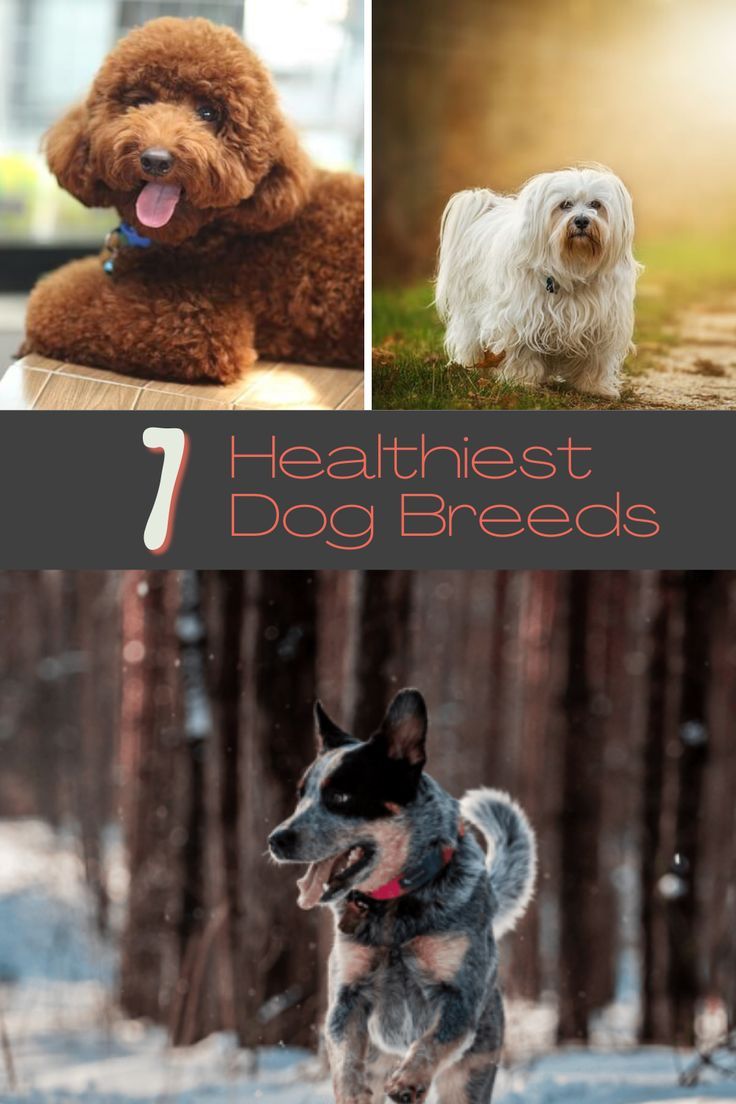

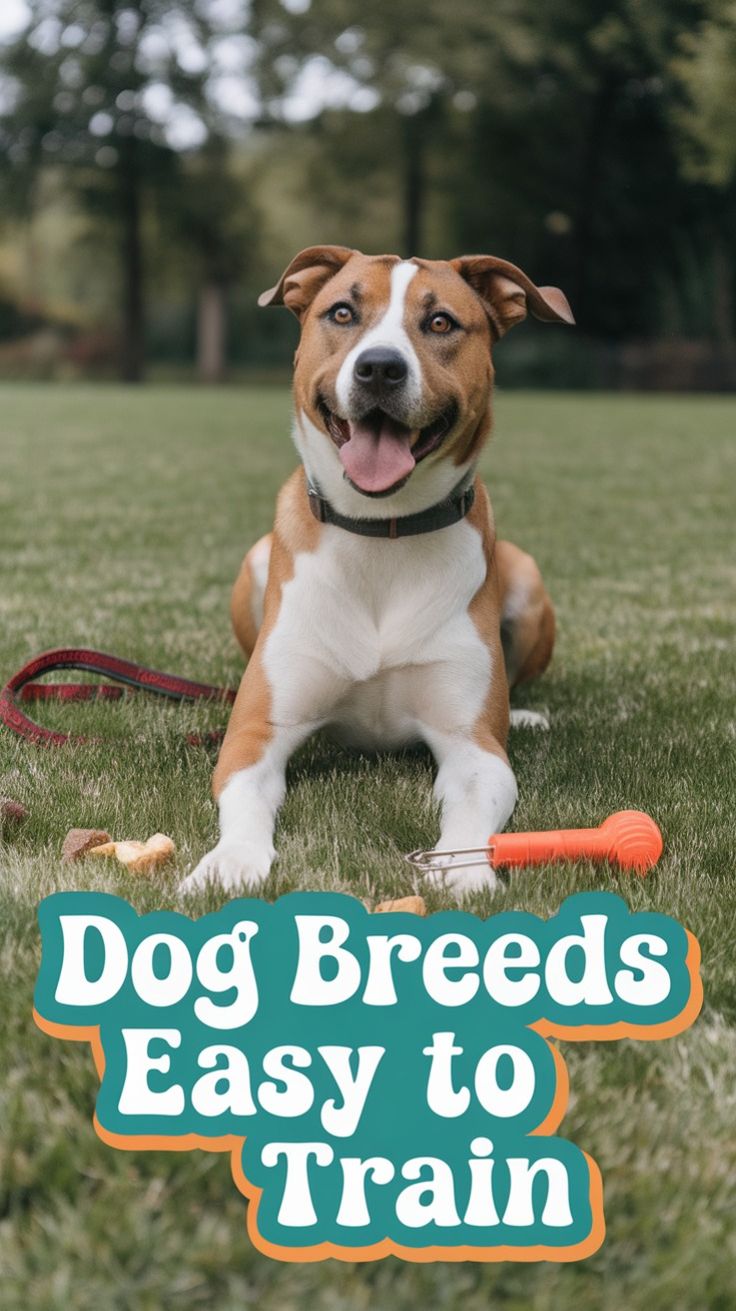
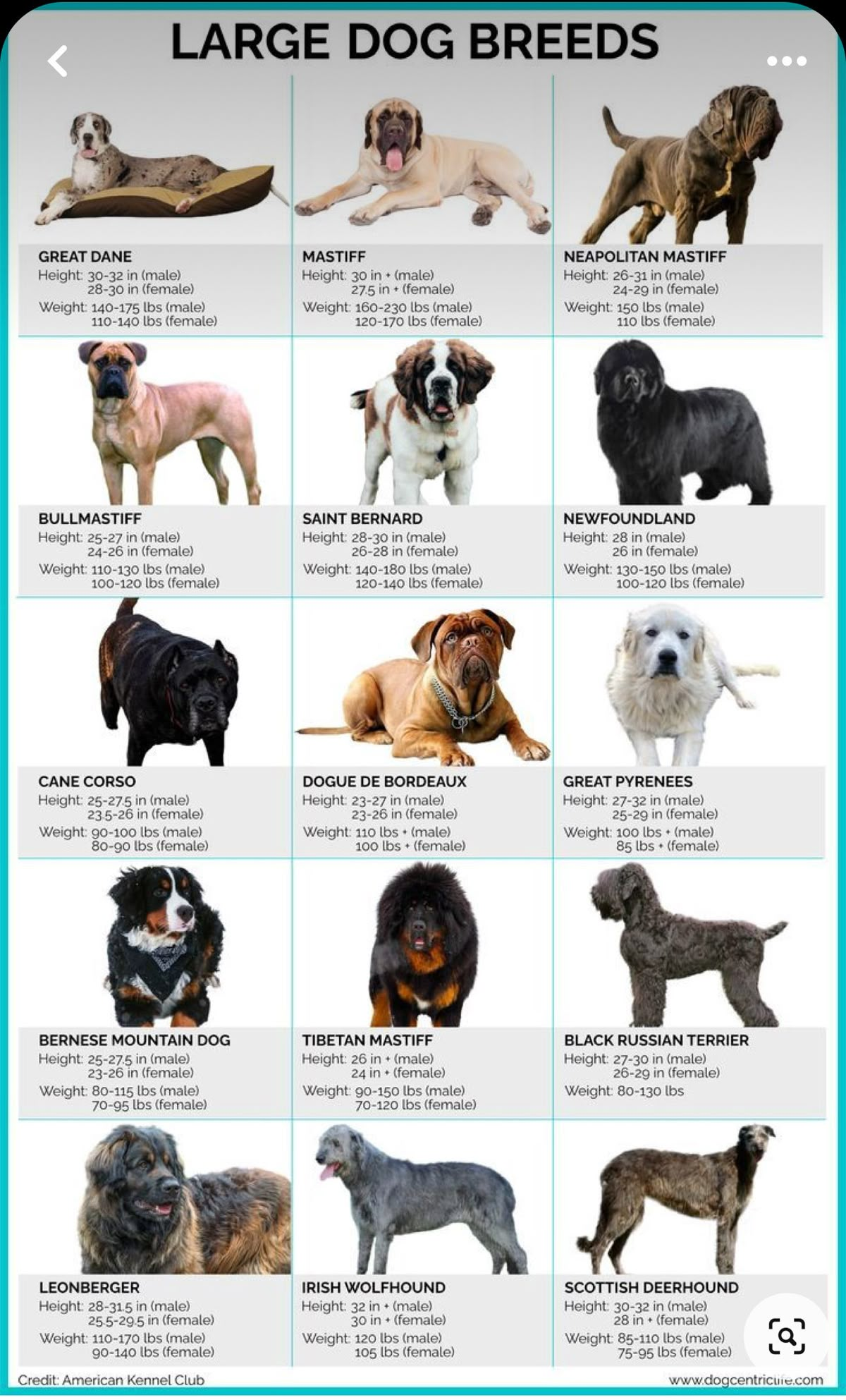

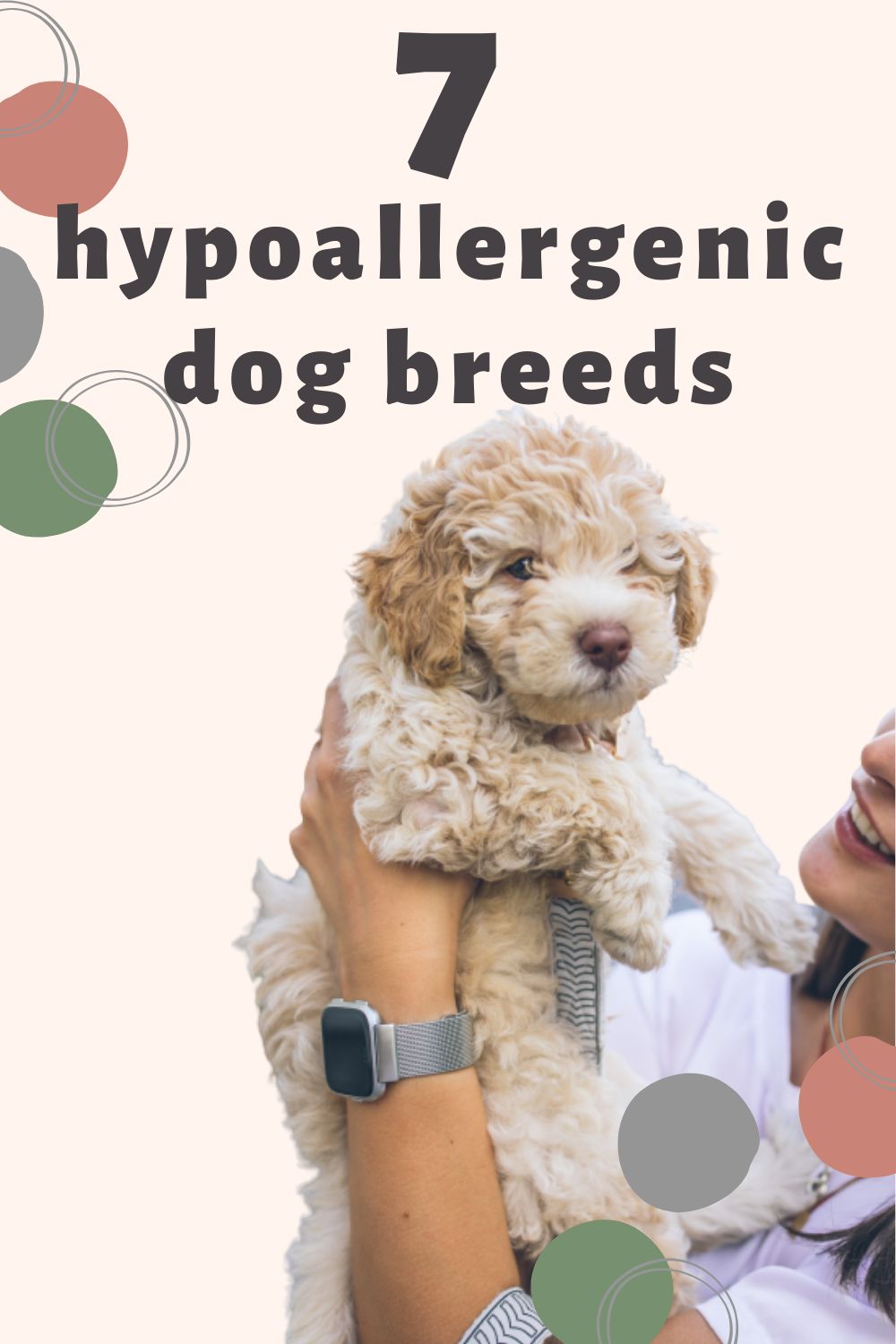
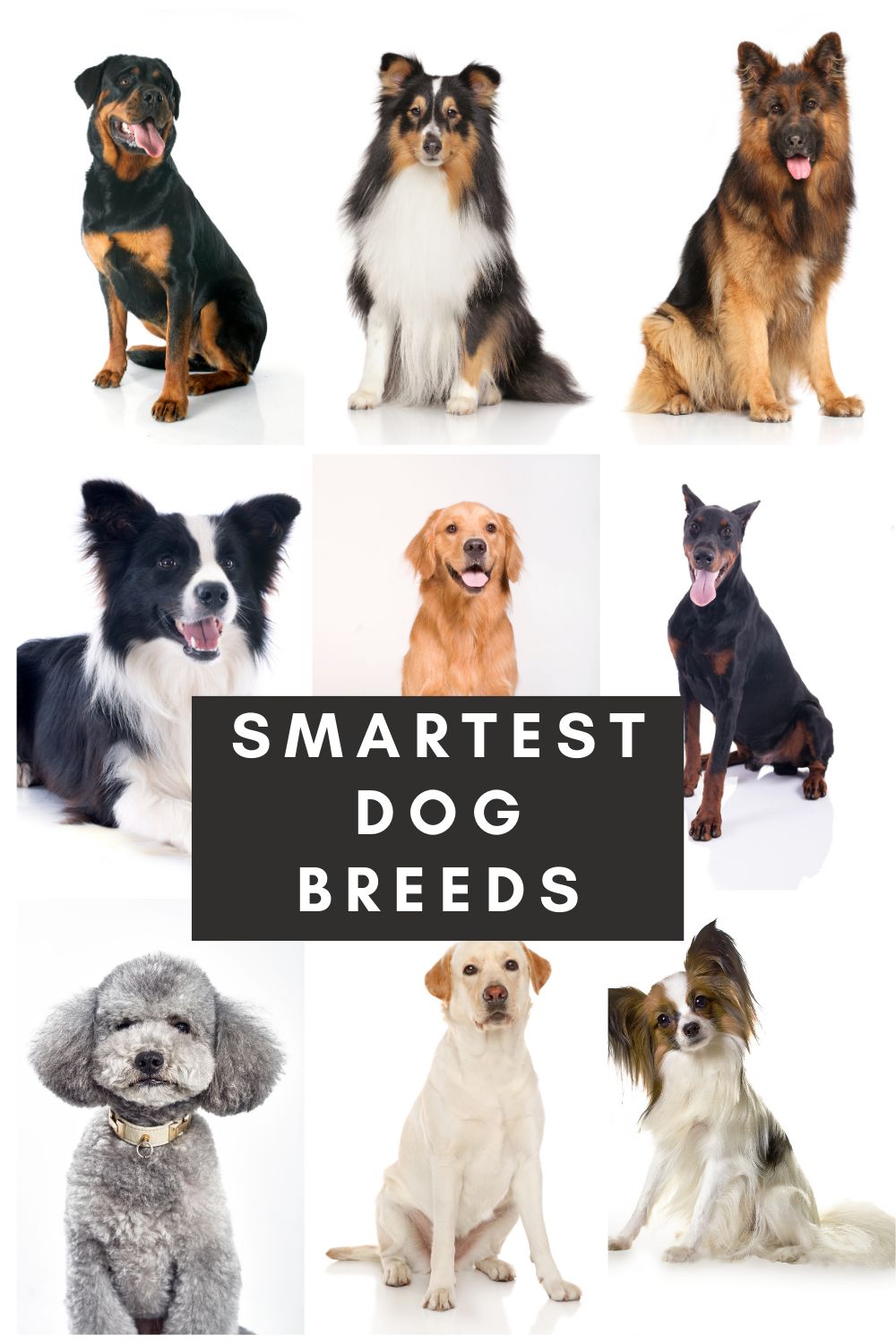
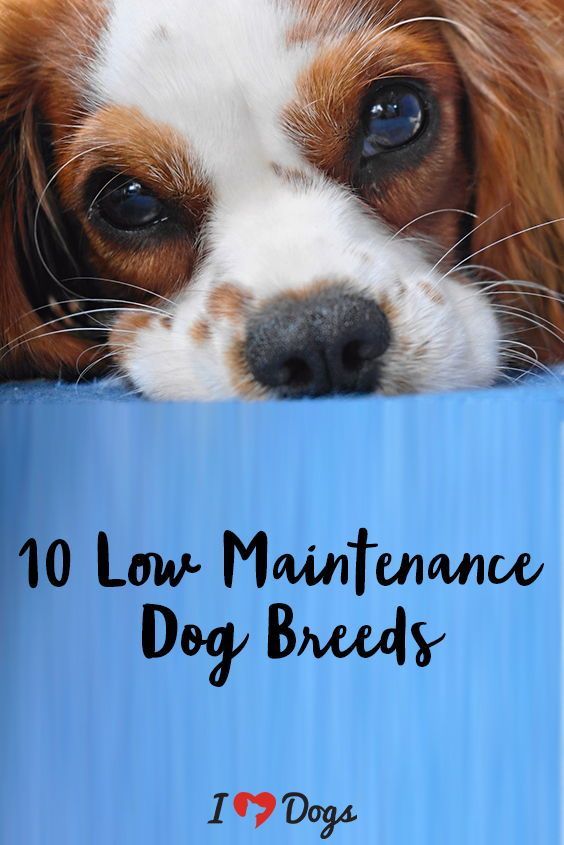
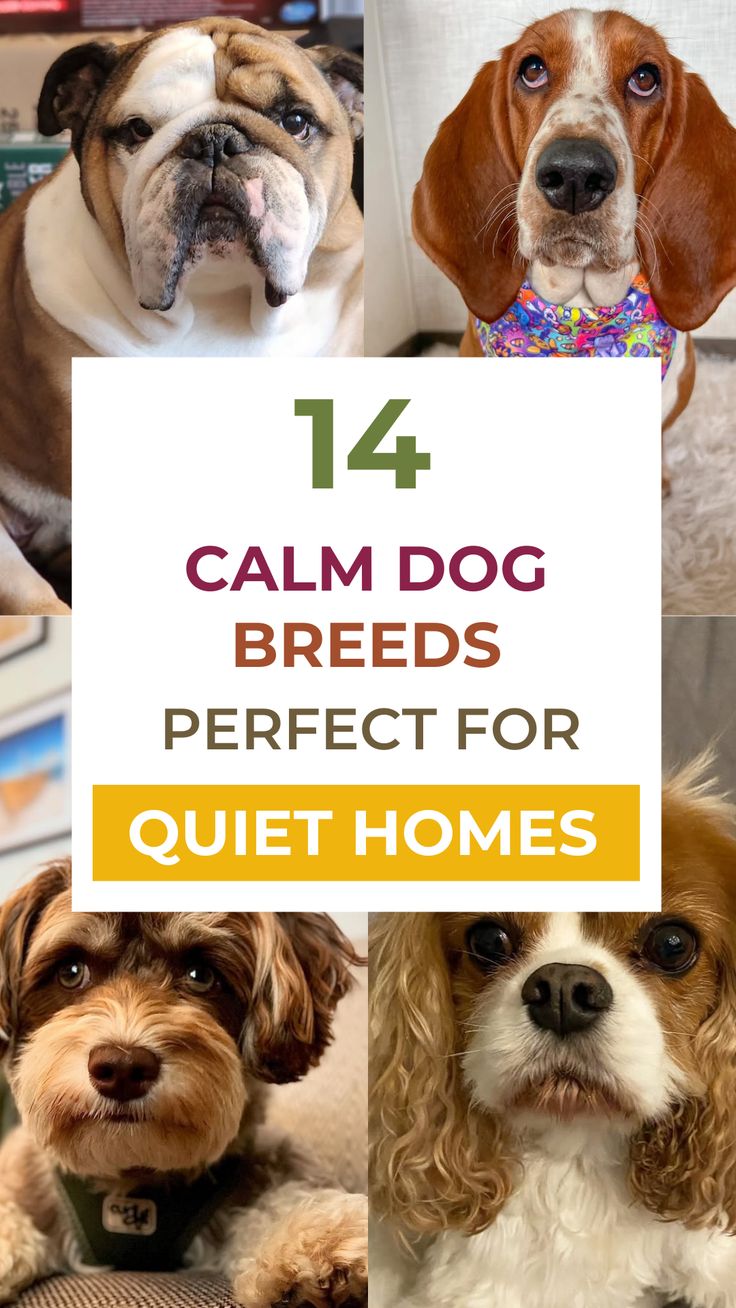

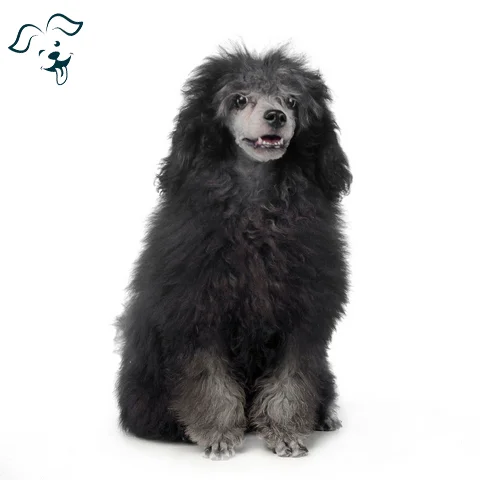

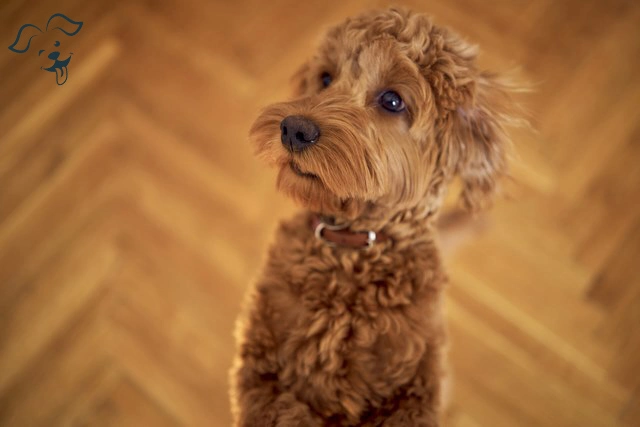
FRIENDLINESS
LIVELINESS
VIGILANCE INTENSITY
ADAPTATION CAPACITY